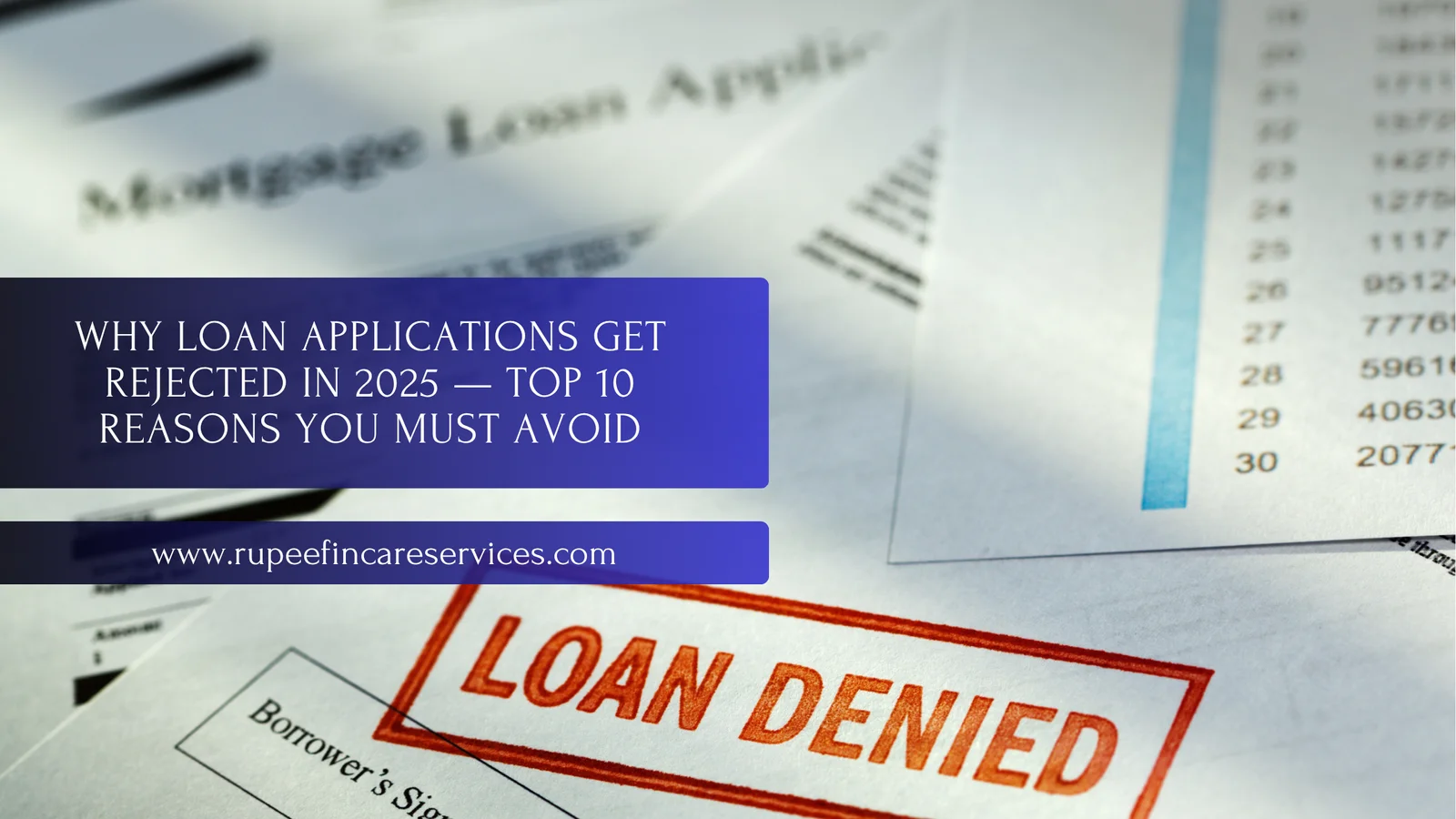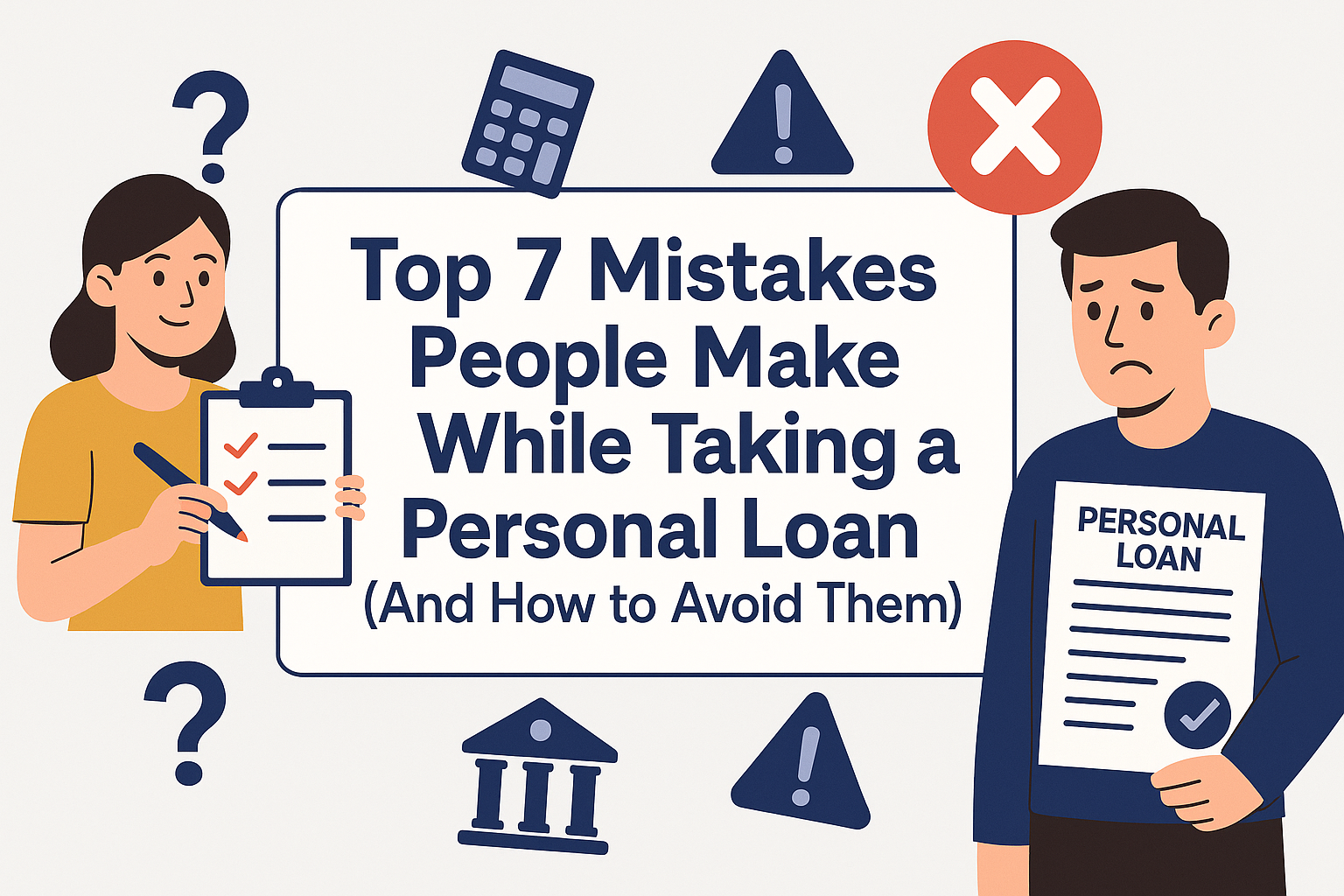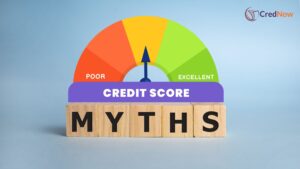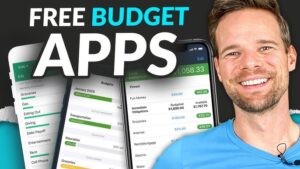How to Improve Your Loan Eligibility and Get Better Offers in 2025
Applying for a loan and getting rejected can be frustrating—especially when you thought you were eligible. Whether you’re looking for a personal loan, home loan, car loan, or business financing, your eligibility plays a major role in getting approved and securing the best interest rate.
In 2025, lenders are becoming more data-driven than ever. So if you want better loan deals, it’s time to boost your loan eligibility the smart way.
Here’s a practical guide on how to do it.
💡 What Is Loan Eligibility?
Loan eligibility refers to how likely a bank or financial institution thinks you are to repay the loan on time. It’s based on several factors including:
- Your credit score
- Monthly income
- Job type or business stability
- Current debt obligations
- Age and financial history
Lenders use this to decide:
- Whether to approve your loan
- How much money to offer
- What interest rate to charge you
🧮 How Do Lenders Calculate Loan Eligibility?
Different lenders have different formulas, but most follow this process:
- Evaluate income-to-debt ratio
- Check credit score and repayment history
- Assess job/business stability and duration
- Analyze age and remaining working years
- Verify documents and financial records
✅ 10 Practical Ways to Improve Loan Eligibility in 2025
1. Boost Your Credit Score
Your credit score is often the first thing lenders check. In Pakistan, services like Tasdeeq, and globally, bureaus like TransUnion and Experian, maintain your credit report.
🔧 How to fix it:
- Pay EMIs and credit card bills on time
- Keep your credit utilization below 30%
- Don’t apply for multiple loans at once
- Check your report regularly for errors or outdated info
💡 Aim for a score above 700 to unlock better offers.
2. Reduce Your Existing Debt
If you already have loans or outstanding EMIs, lenders may hesitate to give you more credit.
📉 Try this:
- Close or consolidate small loans
- Clear high-interest credit cards
- Delay new purchases on EMI until after loan approval
A lower Debt-to-Income Ratio (DTI) makes you appear more responsible.
3. Increase Your Income (or Show Full Income)
Even a part-time gig or side hustle can make a difference if you can prove it. Lenders look at net monthly income as a major factor in eligibility.
✅ Include:
- Salary from your job
- Freelance or side income (with proof)
- Rental income or dividends
- Spouse’s income (if applying jointly)
4. Choose a Longer Tenure
Opting for a longer loan term reduces your monthly EMI, which increases the lender’s confidence in your repayment ability.
⏳ Example:
A ₹10 lakh loan over 5 years may give you an EMI of ₹21,000
Stretching it to 7 years reduces it to ₹15,000
💡 Lower EMI = Higher chance of approval.
5. Apply With a Co-Applicant
Adding a co-applicant (like your spouse, parent, or sibling) with stable income can significantly boost eligibility.
✅ Benefits:
- Combined income improves loan limits
- Better credit score from either applicant helps
- Shared repayment responsibility
Just make sure both parties are comfortable with joint liability.
6. Avoid Frequent Loan Applications
Each time you apply for a loan, the lender checks your credit score. Too many applications in a short time lower your credit rating.
🚫 Avoid:
- Submitting multiple applications at once
- Applying to unverified or shady lenders
Instead, compare offers first, then apply with the best fit.
7. Maintain Stable Employment or Business
Lenders prefer borrowers who’ve been in their current job or running a business for at least 2–3 years.
If you recently switched jobs:
- Wait a few months to build stability
- Keep documents of past employment ready
- Show offer letter and salary slips if needed
For business owners:
- Maintain clean income records
- File taxes regularly
- Avoid frequent withdrawals from your business account
8. Choose the Right Loan Type and Lender
Some lenders specialize in specific types of loans (like startup loans or home finance). If your profile matches their niche, you’ll likely get better terms.
✅ Look for:
- Government-backed schemes (PM Youth Loan, Mera Pakistan Mera Ghar)
- Cooperative banks or microfinance if you’re self-employed
- Online lenders for smaller, short-term needs
9. Keep Your Documentation Ready and Accurate
Most rejections happen because of missing or inconsistent documents.
Checklist:
- CNIC or passport
- Salary slips (last 3–6 months)
- Bank statements (last 6 months)
- Tax returns
- Business license or contracts (if self-employed)
Make sure your name, address, and details match across all documents.
10. Use a Loan Eligibility Calculator Before Applying
Many bank websites and financial portals offer free calculators. These help you:
- Estimate how much you can borrow
- Adjust tenure and EMI according to your income
- Avoid over-borrowing and rejection
💻 Just enter your income, loan type, and tenure to get a quick eligibility check.
🚩 Common Mistakes That Hurt Loan Eligibility
- Applying for loans impulsively
- Missing EMI payments or delaying credit card bills
- Giving incorrect or mismatched information
- Overstating your income (lenders verify everything)
- Submitting fake documents — can get you blacklisted
🏁 Final Thoughts: Build a Profile That Lenders Trust
Loan eligibility is not fixed—you can improve it over time. It just takes a bit of planning, discipline, and understanding how lenders think.
To sum it up:
- Clean up your credit
- Lower your debt
- Increase income or add a co-applicant
- Don’t rush into multiple applications
- Match the right loan type to your profile
With these simple yet powerful changes, you’ll not only get approved faster, but also receive better interest rates and higher amounts.









Post Comment